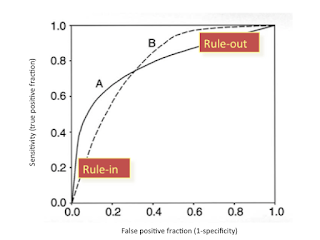Neural Network Meets DCN: Traffic-driven Topology Adaptation with Deep Learning
Introduction: In this paper, the authors are trying to obtain optimal network topology in data center networks using a machine learning approach. In this paper, they use multiple neural network models which take input a traffic demand matrix and output a network topology. The network topology is optimized to achieve the best value for a network metric provided by the data center operator. Motivation: Data centers networks are a critical part of the infrastructure. Congestion in some switch can bring down the performance of a large part of the system. The authors argue that most of the data centers use static network topologies and overprovision them to handle different scales of traffic. This increases the investment cost and resource consumption at runtime. The authors propose to use dynamically reconfigurable networks which can change the topology depending on the traffic demand. Research questions addressed by the paper: In this paper, they propose models that are capable ...
